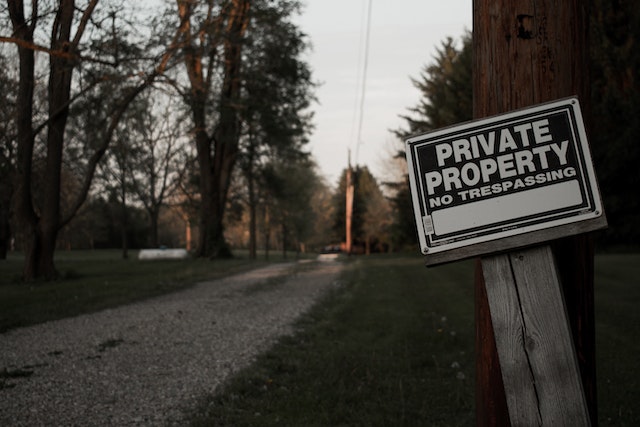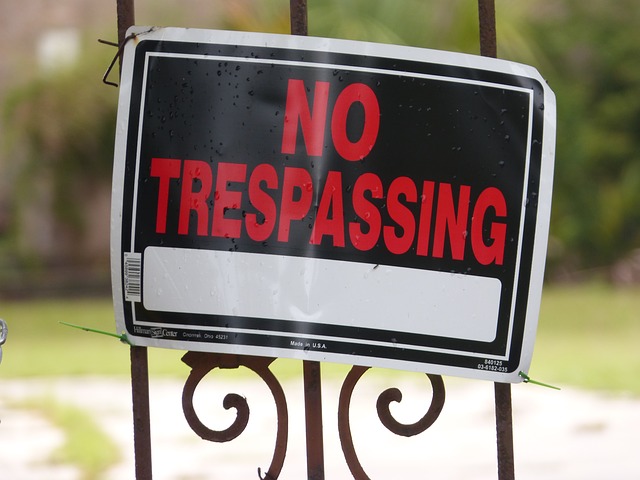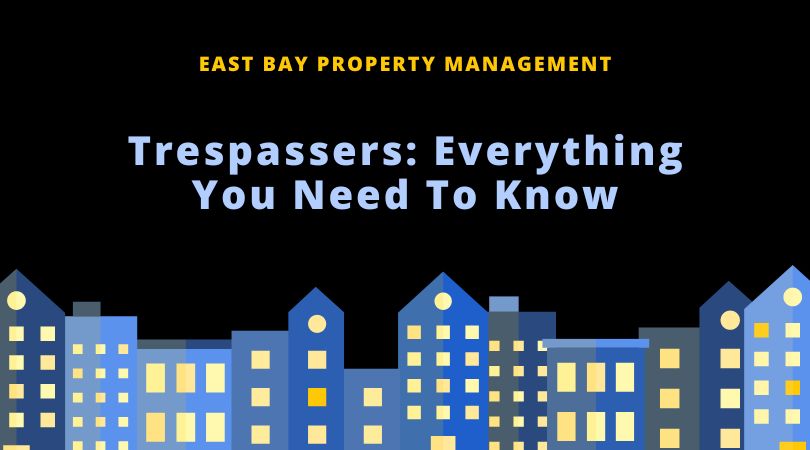When you own or manage a piece of property, issues related to trespassing can be concerning and, in some instances, pose a risk to safety and privacy. Property owners, therefore, need to know their rights and responsibilities, take necessary measures, and, when required, seek professional assistance in responding to unauthorized entry to their property.
In this article, we will discuss the concept of trespassing, how to identify trespassers, the steps to remove them, and the legal considerations involved.
What is Trespassing?
Property owners have the fundamental right to use and enjoy their property. This includes the right to decide who can and cannot enter the property. Trespassing happens when someone goes onto someone else’s property without getting permission, like walking on someone’s private lawn or crossing a fence line without the owner’s consent.
Trespassing can be considered a civil wrong or a criminal act, depending on where it happens and the local laws. For example, if someone breaks a window while trespassing on a property, the homeowner might sue them in civil court. What’s more, sometimes, a visitor may start as someone invited onto the property but turn into a trespasser when the owner tells them to leave, and they don’t.

How to Identify a Trespasser?
To identify trespassers on your property, you should be vigilant of any individuals who enter or remain on your premises without proper permission. Here are some key indicators to help you identify trespassers:
- Unauthorized Entry – Pay attention to anyone who enters your property without your knowledge or consent. This could include individuals who bypass locked gates, fences, or other barriers meant to restrict access.
- Exceeding Permitted Time – Keep track of visitors or tenants who overstay their welcome beyond their permitted time on your residential rental property. Even individuals initially allowed on the property can become trespassers if they refuse to leave when asked or if their lease expires.
- Disregard for Owner’s Requests – Take note of anyone who disregards your requests to leave your property. This could include individuals who ignore verbal or written notices to vacate the premises.
- Suspicious Behavior – Be wary of individuals exhibiting suspicious behavior, such as loitering, trespassing on neighboring properties, or engaging in activities that suggest they do not have a legitimate purpose for being on your property.
- Signs of Damage or Disruption – Look for signs of damage to your property or disruptions to its normal functioning that may indicate unauthorized access or occupation by trespassers.
- Reports from Witnesses – Listen to reports from neighbors, tenants, or other witnesses who may have observed individuals trespassing on your property. Their accounts can help corroborate your suspicions and provide additional evidence.

How to Remove Trespassers from Your Property
Once you have identified potential trespassers, it’s important to take appropriate action to address the situation per the law and protect your property rights. As a landlord, dealing with trespassers on your property can be stressful and challenging.
Whether it’s tenants refusing to leave once their lease has ended or individuals simply trespassing, it’s essential to know how to handle the situation effectively while staying within the bounds of the law. Here’s a step-by-step guide on how to remove trespassers from your property:
Verify Trespassing Status
Before taking any action, confirm whether the individuals on your property are indeed trespassing. Review your lease agreements and property records to ensure no legal obligations or agreements might complicate the situation.
Serve Notice
Provide written notice to the trespassers, clearly stating that they are not authorized to be on the property and must vacate immediately. Include specific details such as the notice’s date, time, and reason. Deliver the notice in person or via certified mail to ensure proof of delivery.
Offer an Opportunity to Leave Voluntarily
Despite the trespassers’ unauthorized presence, allowing them to leave voluntarily expedites the process and avoids further escalation. Communicate the consequences of failing to comply with the notice, such as legal action or law enforcement involvement.

Seek Legal Advice
If the trespassers refuse to leave voluntarily or if the situation escalates, consult a professional specializing in property and landlord-tenant law. They can provide guidance on the applicable laws and procedures for removing trespassers in your jurisdiction.
Consider Law Enforcement Intervention
Contact local law enforcement authorities if the trespassers refuse to vacate despite receiving proper notice. Provide them with documentation, including the written notice to the trespassers and any evidence of their unauthorized presence on the property. Law enforcement officers can assist in removing trespassers and restoring order.
File for Eviction
If the trespassers are unauthorized tenants who have established residency on your property, you may need to initiate eviction proceedings through the legal system. Follow the relevant eviction laws and procedures in your jurisdiction, which typically involve serving eviction notices, attending court hearings, and obtaining a court order for eviction.
Maintain Documentation
Throughout the removal of trespassers from your property, maintain detailed documentation of all communications, notices served, and interactions with the trespassers. This documentation can serve as crucial evidence in legal proceedings if necessary.
How to Prevent Trespassing
Here are a few tips property owners can consider implementing to mitigate the issue of trespassing:
- Install a home security system
- Place “no trespassing or “private property signage around the property
- Install outdoor cameras and motion sensor lights around the property
- If vacant, inspect the property at random intervals and look for signs of trespassers or other unwelcome visitors
Bottom Line
Dealing with trespassers can be complex and legally sensitive, so it’s essential to approach the situation calmly, professionally, and in compliance with applicable laws and regulations. If you encounter trespassing issues on your property, don’t hesitate to seek guidance from professionals or local authorities to ensure a swift and lawful resolution.
For expert property management services, contact East Bay Property Management today! Let our experienced team assist you in protecting your property rights and maintaining a safe environment for your tenants.






